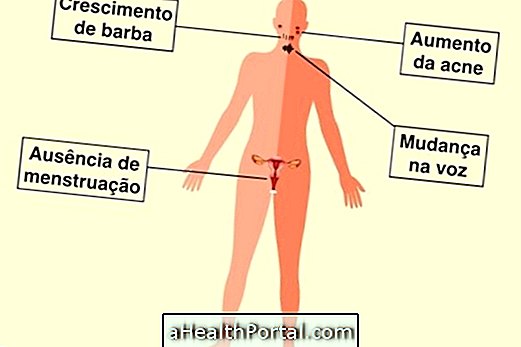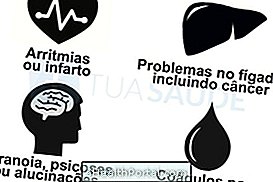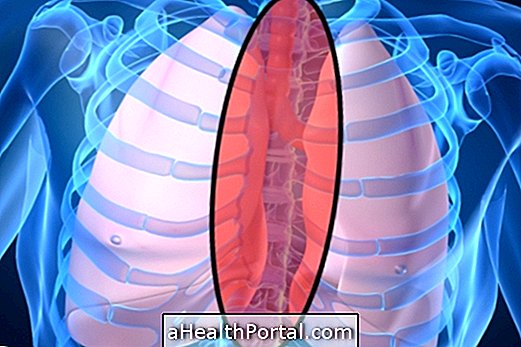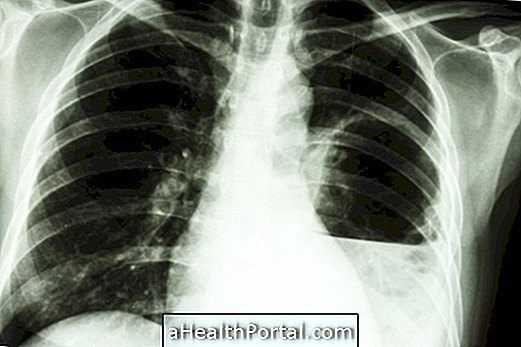Chronic pain is one that persists for more than 3 months, although there are controversies, as some sources claim that it arises when it persists for more than 6 months or when it is caused by diseases that have no cure.
The painful sensation is important for survival because it arises when the body tells the brain that something is wrong or causing harm to the body and needs to be resolved.
When pain becomes chronic, it usually indicates that there are dysfunctions in the nervous system or nerve fibers of the affected limb and usually arises in association with a chronic disease such as rheumatoid arthritis, arthrosis of the spine or knees, fibromyalgia or cancer, for example. In such cases, the pain is so shocking that it is no longer just a symptom, and is now considered a disease.

Pain is an unpleasant sensation localized somewhere in body pain, which is usually caused by some damage to the tissues, such as a cut, burn or inflammation, or by stimuli of the nervous system, and may also be influenced by emotional issues, since situations such as anxiety and depression are important for the intensity and duration of pain.
Types of pain
Pain can arise anywhere in the body, and can have several causes, depending on its type:
1. Nociceptive or somatic pain
It is pain that arises due to injury or inflammation of the skin tissues, which is detected by the nervous system sensors as a threat, and persists as long as the cause is not resolved.
- Examples of Causes : Cut; Burn; Blow; Fracture; Sprain; Tendonitis; Infection; Muscle contractures.
2. Neuropathic pain
Pain that occurs due to dysfunction of the nervous system, whether in the brain, spinal cord or peripheral nerves. It is common to arise in the form of burning, pricking or tingling. Learn more about what neuropathic pain is and how to identify it.
- Examples of Causes : Diabetic neuropathy; Carpal tunnel syndrome; Trigeminal neuralgia; Narrowing of the spinal canal; After stroke; Neuropathies of genetic, infectious or toxic substance causes.
3. Mixed or non-specific pain
It is pain that is caused either by components of nociceptive and neuropathic pain, or by unknown causes.
- Examples of Causes : Headache; Herniated disc; Cancer; Vasculitis; Oasteoarthrosis that can reach several places like knees, spine or hip, for example.
Determining the type of pain is very important for the doctor as it will determine the best type of treatment for each person. To identify the type, the doctor does a symptom analysis along with physical examination.
What to do if you have chronic pain
The treatment of chronic pain is complex and involves much more care than the use of a simple analgesic or anti-inflammatory to be resolved. Thus, whenever there is persistent pain, it is necessary to seek medical attention, which through evaluation will determine the type of pain and what it may be causing.
In some cases, the cause of the pain can not be resolved, and with this, the doctor will adapt the medications and therapies available to relieve the discomfort. In this way, it is recommended that medication treatment be adapted to the needs of each person, depending on the type of pain and its cause. For example, in some cases, the use of simple analgesics can relieve pain, while in other cases more potent remedies such as Morphine are needed.
In addition, therapies such as physical therapy, acupuncture, radiofrequency, or even surgery may be indicated as good ways of controlling pain. As chronic pain is also heavily influenced by psychological factors, follow-up with a psychologist or psychiatrist may also be indicated. Learn more about how drug treatment is done and the alternative options being treated for chronic pain.




















